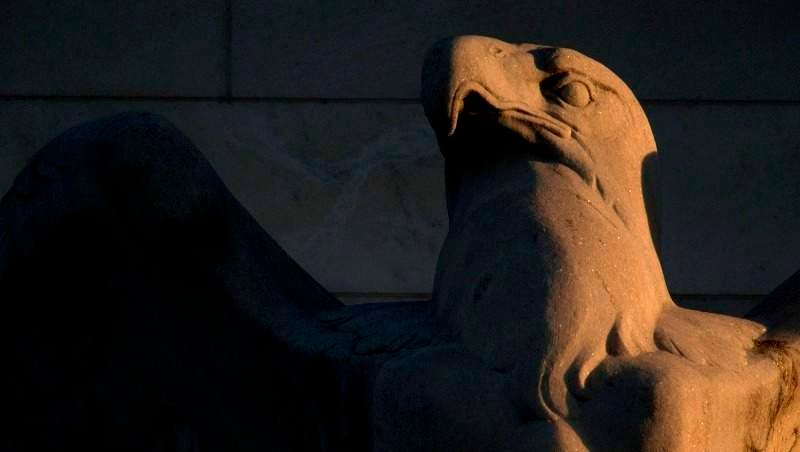Spot gold jumped to $1,978 during Fed Chair Powell’s press conference and then pulled back. A decline in US yields and broad-based Dollar weakness is offering support to the yellow metal, which is up more than 1% on the day.
- Fed hiked by 25bp in line with our expectations, but sent a dovish signal by emphasizing that Fed is ready to pause if credit conditions tighten markedly.
- We stick to our call for a final 25bp hike in May. We expect the Fed to maintain the policy rate at 5.00-5.25% through 2023.
- Federal Reserve interest rate Decision: What to know in markets on Wednesday, 22 March 2023
- Fed Quick Analysis: Powell powers up stocks, punches the US Dollar, with three dovish changes
The beginning of the end of the fight against inflation – that has been the Federal Reserve’s message while it has raised rates by 25 bps. Investors willfully ignore the bank’s forecasts for ending 2023 with rates above 5% – no change from December.
- Fed Preview: A dovish last hike?
Less than two weeks ago, the Silicon Valley Bank (SVB) failed, marking the beginning of a banking crisis that is unfolding. Since then, a voice has been absent, the Federal Reserve. When the crisis emerged, FOMC officials were in the blackout period. The only public communication from the Fed had been several statements about the SVB situation and announcing global coordinated action to provide liquidity via swap line arrangements.
Fed Outlook: A cautious 25bp hike
The Fed’s decision to hike rates by 25bp was widely anticipated by both the markets and economists ahead of the meeting. In line with our expectations, Fed made no changes to its QT, and the median ‘dot’ continued to signal Fed Funds Rate at 5.00-5.25% through 2023.
In the statement, Fed highlighted that ‘Recent developments are likely to result in tighter credit conditions for households and businesses and to weigh on economic activity, hiring, and inflation‘. Furthermore, the forecast for ‘ongoing increases’ in the policy rate was changed to ‘some additional policy firming may be appropriate’.
The dovish wording suggests Fed wanted more room to react to the downside risks. Bond yields declined modestly and broad USD weakened, and all together financial conditions eased slightly to compensate for the perceived risk of tightening credit conditions.
For now, we remain cautiously optimistic that the banking sector’s difficulties remain relatively contained. The real money gap remains positive, and a temporary pause to the monetary policy tightening would simply prolong resolving the inflation issue, in our view. As real money balance declines, bank deposits will fall as well. While from historical perspective it is unusual to see bank deposits outright declining, it is not an unwanted consequence of Fed’s tightening, but rather a part of the solution to the inflation problem.
US banks’ liquidity buffers relative to deposits remain healthy relative to pre-covid levels, also for small banks. The early data on the active use of Fed’s emergency lending facilities suggests, that Fed’s support is effectively shielding banks from liquidity problems.
The main uncertainty relates to the lack of timely data on how bank lending has reacted to the ongoing volatility. The most recent data covering the week leading up to the collapse of SVB suggests, that bank credit growth had remained strong in early March.
Broader market-based financial conditions indicators have not tightened markedly, especially after risk markets have recovered over the recent days. We will keep a close eye out for the incoming macro and bank lending data over the next weeks. Some early soft indicators, such as the Univ. of Michigan sentiment survey, did point to downside risks.
For now, we remain confident in our view that Fed will hike rates for the final time in May, and only cuts rates in Q1 2024. Market prices 50% probability for the May hike. Fed’s median rate projection for 2024 rose to 4.3% (from 4.1%), underlining that hard data does not support early turn towards easing monetary policy. We also still see EUR/USD moving lower to 1.02 in 6M horizon. Relative rates have favoured EUR after the more hawkish ECB last week, but a prolonged rally in EUR/USD could support a renewed uptick in commodity prices and inflation expectations, and thus hinder a return to 2% inflation.

